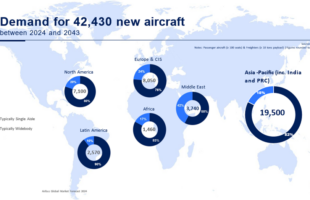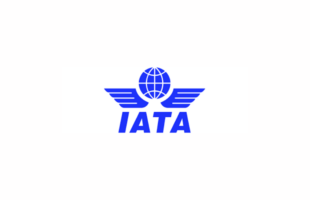Freight traffic for Asian airlines plunged 11 per cent in October, the steepest decline for the carriers since 2001 and a worrying signal that the downturn is worsening. The decline measured by the Association of Asia Pacific Airlines was deeper than the 9 per cent drop the AAPA reported in September, and one that came during a period when carriers are normally ramping up business for the peak pre-Christmas shipping season. Traffic for the carriers measured in freight metric-tonne kilometers flown was almost the same as it was last February, generally one of the slowest months of the year. Carriers reduced capacity 7.5 per cent in October compared to the same month a year ago, the deepest monthly capacity cut so far this year. Capacity operated by Asian carriers in October was only slightly greater than what the carriers operated last January. “Airlines around the world are facing extremely difficult market conditions, with expectations of even tougher times ahead in 2009, AAPA Director General Andrew Herdman said. Capacity cuts, he said, are “in line with expected demand” and carriers are trying to reduce costs across operations. Air freight demand around the world has been sliding as the economic downturn has gone global. The International Air Transport Association said overall international traffic fell 7.7 per cent in September, and Asia-Pacific business led the declines among major trading regions, falling 10.6 per cent.
Related Articles
 Airbus forecasts Asia-Pacific to require 19,500 new aircraft by 2043
Airbus forecasts Asia-Pacific to require 19,500 new aircraft by 2043 September saw 9.4% growth for air cargo, IATA reports
September saw 9.4% growth for air cargo, IATA reports Asia Pacific airlines see robust passenger and cargo growth in September, driven by strong demand
Asia Pacific airlines see robust passenger and cargo growth in September, driven by strong demand Awery achieves IATA Hackathon hat trick with data sharing solution for airlines and ground handlers
Awery achieves IATA Hackathon hat trick with data sharing solution for airlines and ground handlers IATA World Financial Symposium and World Passenger Symposium: Aligning for the future
IATA World Financial Symposium and World Passenger Symposium: Aligning for the future Ninth straight months of double-digit growth for air cargo in August, says IATA
Ninth straight months of double-digit growth for air cargo in August, says IATA

